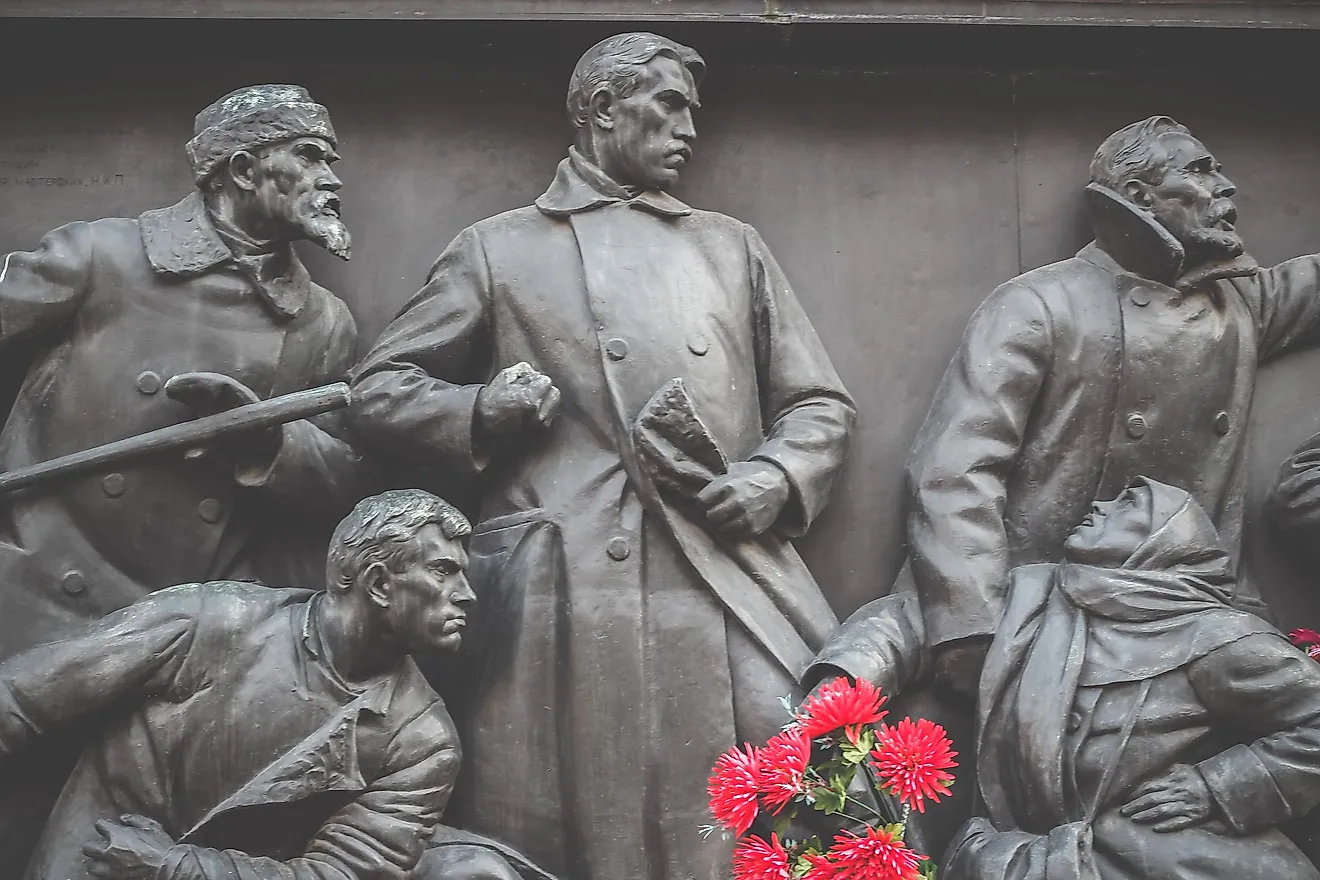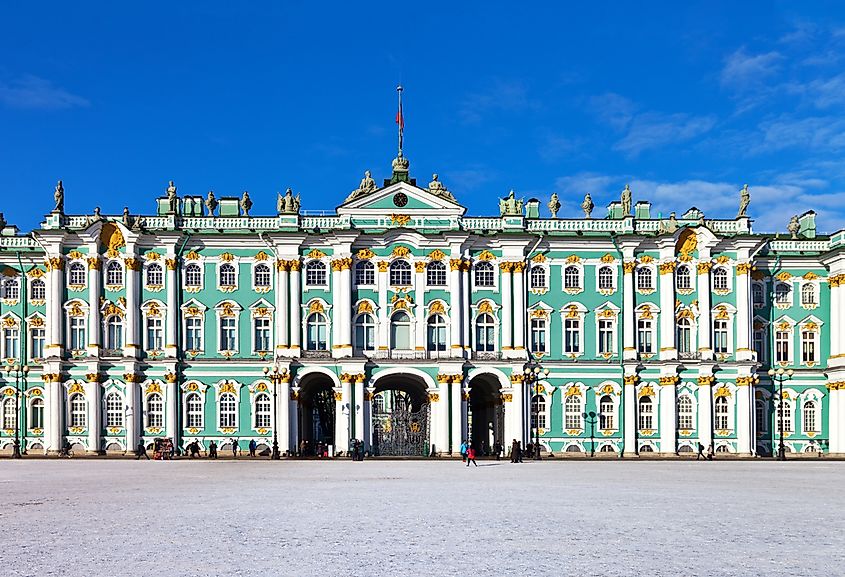What Was The Bloody Sunday In Russia?

- The Labor Movement and all the other smaller worker unions wanted to change the failing economy of the early 20th century Russia.
- A rebellion that wanted to overthrow Czar Nicholas II was gathered around the revolutionary ideas of Vladimir I. Lenin.
- More than 200 people were shot down and killed, and 800 more were injured during a bloody Sunday morning on the 22nd of January, 1905.
An event known as Bloody Sunday happened in the city of St. Petersburg, Russia, in 1905. What started as a peaceful demonstration against Czar Nicholas II turned out to be a bloodbath, with hundreds of civilians becoming the first victims of an inevitable revolution.
Problems In Russia
The early 20th century did not start well for Russia. In the East, Russia was fighting a war against Japan. The Russian army was losing the battle, and the effects that came from that started to trickle down to the whole country. People were displeased, and the voices that demanded that Czar Nicholas II has to step down from leading the nation grew larger every day.
Czar himself was worried about his son Alexis. His only son had hemophilia, and the Czar did not have any other sons that could rule the country once he was gone. Nicholas II was also heavily influenced by the ideas of Grigory Rasputin, who wanted to expand the Russian territory by military actions. That is why the war against Japan started in 1904, an event that pushed the unsatisfied population off the edge.
The Labor Movement
During all of this turmoil, the people of Russia began to organize themselves around revolutionary ideas of the Labor Movement. This movement was under the influence of Vladimir Lenin, who raised the idea of overthrowing Czar Nicholas II.
On a Sunday morning, 22nd of January, 1905, a massive protest was organized by an Orthodox priest George Gapon. Gapon himself knew how desperately people wanted social and economic changes in Russia because he was the head of a couple of workers' unions. Gapon was aware of the situation in the largest Russian factories and had insight into the bad business conditions people working in mills and producing crops had to deal with.
Unarmed Protestors Gunned Down!

The demonstrators wanted to reach the Winter Palace, a place where Nicholas II was supposed to be, and express their opinion about what went wrong in Czar's administration and how poorly they were running the country. However, Czar did not think the protestors were serious, and he left the Winter Palace before the event. Unfortunately, Gapon and the protestors never reached the palace that symbolized the Czarist power in Russia.
Thousands of soldiers were already aware of the fact that the crowd was approaching, and they set up blockades along their path. Once the people finally reached the critical points where the army was positioned, all hell broke loose. Soldiers started firing up in the air, probably just waiting to scare away the protestors. But, some of the imperial soldiers did not react like that and started firing directly at Gapon and hundreds of unarmed people.
Gapon was stopped at the Narva Gate, and other protestors could not progress further than the Troitsky Bridge, because the Cossack army on their horses, slashed down the protestors. In another critical region of St. Petersburg, the imperial military even used canon firepower to stop and kill the mass of people approaching the Winter Palace.
There were children among the protestors, and despite the very tense situation between the people and the Czar, probably nobody thought that the Czar's army would open fire on unarmed kids. But, that Sunday in Russia was particularly bloody: more than 200 people died in the direct clash with the Cossacks and Czar's army, and 800 more were wounded.











